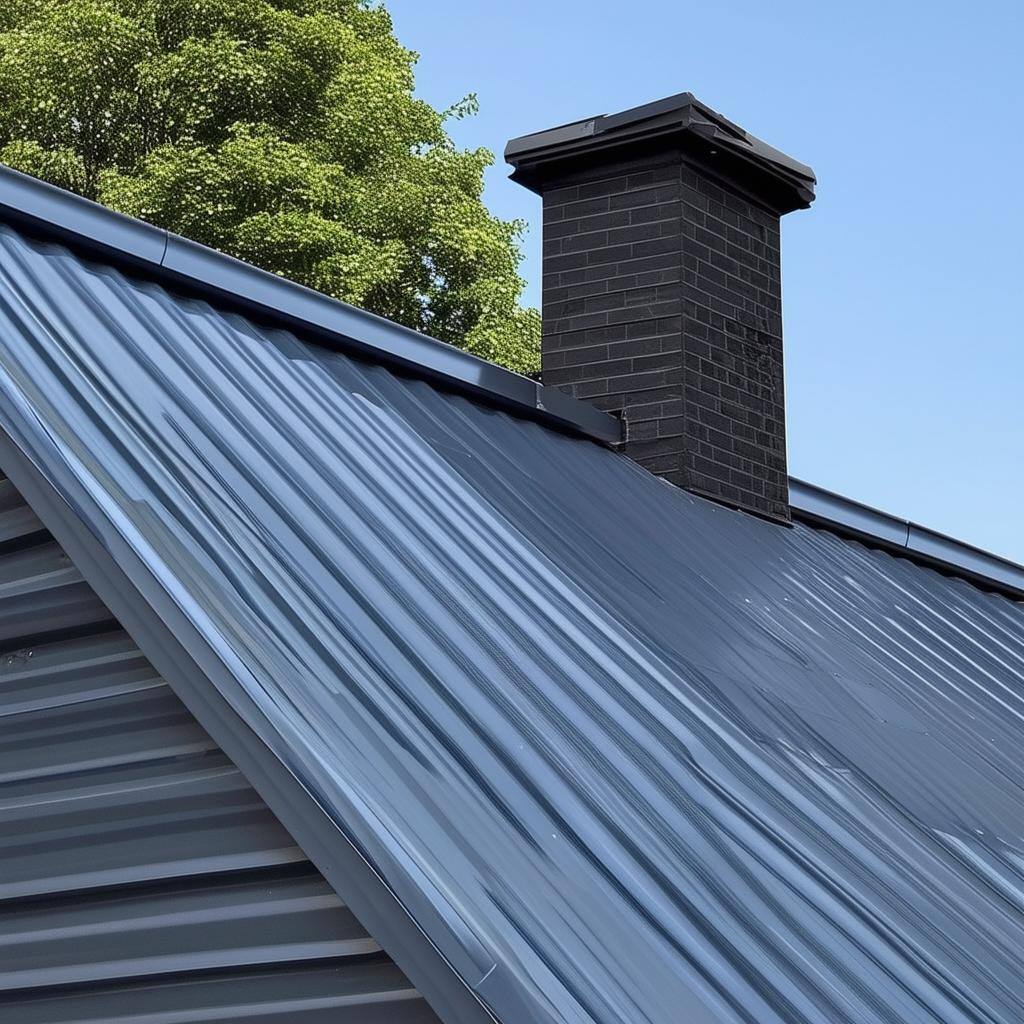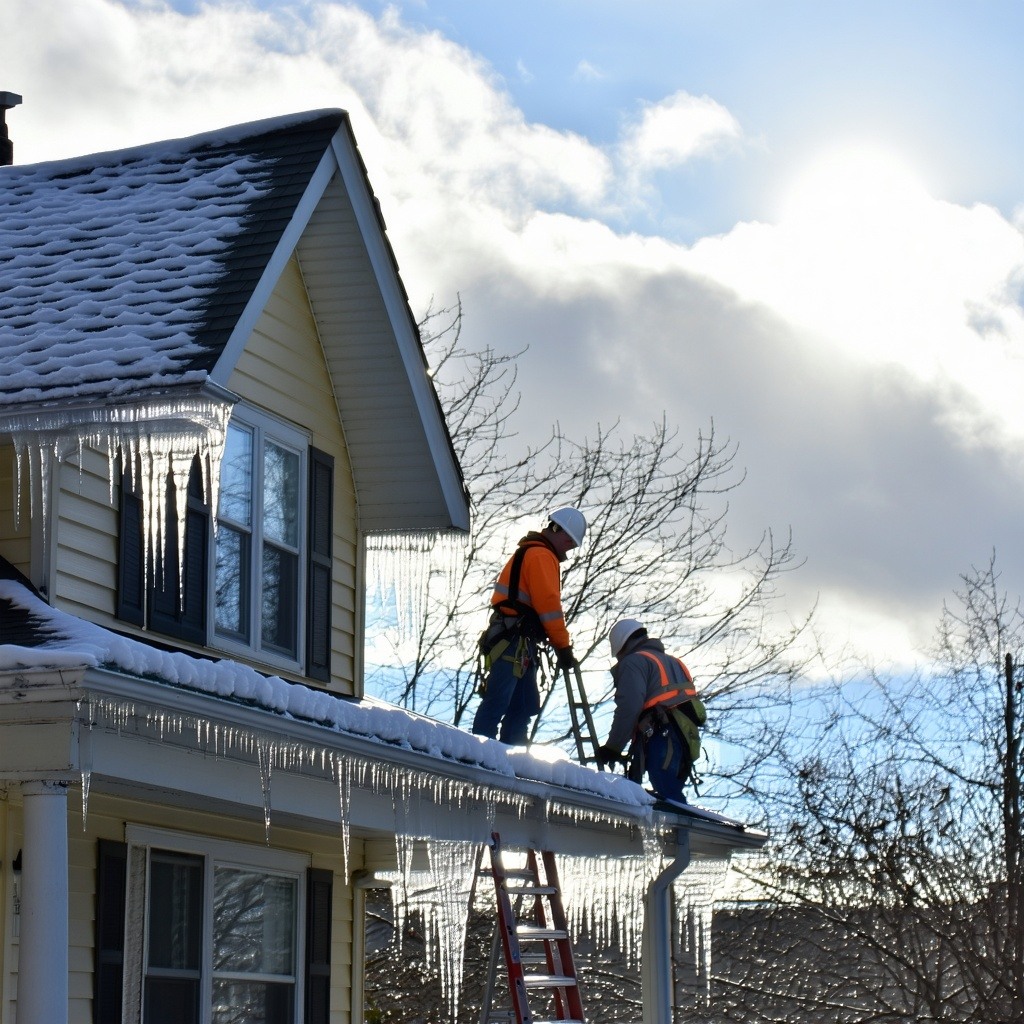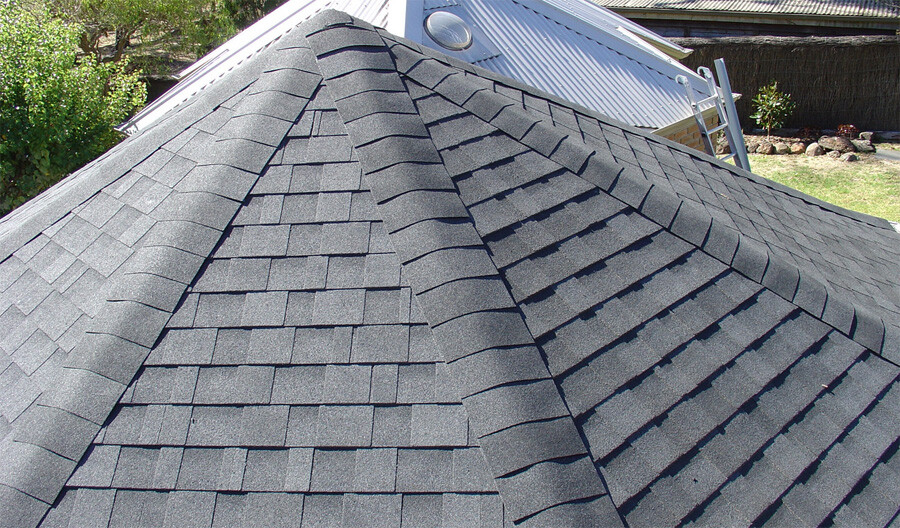EPDM Roofing: A Comprehensive Overview
Discover the ins and outs of EPDM roofing with this detailed guide that covers everything you need to know about this popular roofing material.
What is EPDM Roofing?
EPDM stands for Ethylene Propylene Diene Monomer, which is a type of synthetic rubber commonly used in flat roofing systems. It is known for its durability, weather resistance, and flexibility.
EPDM roofing is typically black in color and comes in large sheets that are applied to the roof surface using adhesive or mechanical fasteners.
Benefits of EPDM Roofing
EPDM roofing is highly durable and can last for up to 50 years with proper maintenance.
It is resistant to sunlight, ozone, and extreme temperatures, making it ideal for various weather conditions.
EPDM roofs are easy to install and repair, which can save time and money in the long run.
Installation Process of EPDM Roofing
The installation process of EPDM roofing involves cleaning the roof surface, applying adhesive or using mechanical fasteners to secure the EPDM membrane, and ensuring proper sealing of seams and edges.
It is recommended to hire a professional roofing contractor for the installation to ensure a proper and secure application.
Maintenance Tips for EPDM Roofs
Regularly inspect the roof for any signs of damage, such as tears, punctures, or loose seams.
Clean the roof surface at least twice a year to remove debris and prevent buildup of dirt and algae.
Avoid using harsh chemicals or abrasive materials when cleaning the EPDM roof to prevent damage to the membrane.
Comparing EPDM Roofing to Other Roofing Materials
Compared to other roofing materials like TPO and PVC, EPDM is more cost-effective and easier to install.
EPDM roofing has a longer lifespan and requires less maintenance compared to traditional asphalt shingles.
While EPDM may have a higher upfront cost, its durability and longevity make it a popular choice for flat roofing systems.



